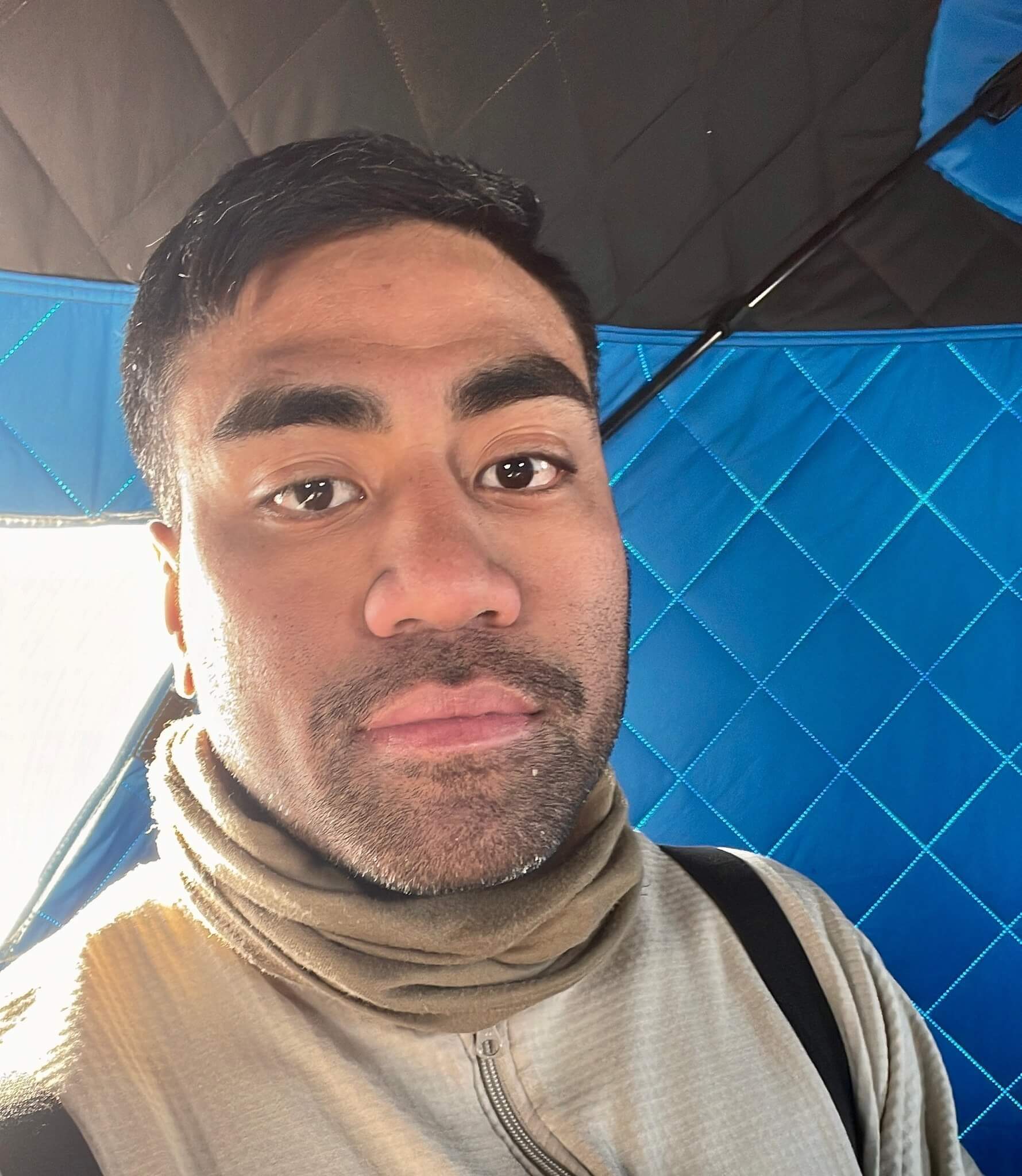I don’t disagree with anything you have stated in relation to the AU experience and decision to retire and replace them. it’s all spot on. The questions were about how the dig a ditch and bury them decision was arrived at and executed so quickly and how that was a financially better option. Is leaving them in a shed for 12 -24 months costly? Why don’t they just show the numbers and articles like that in APDR will stop arising? The question re Ukraine is a bit loose as well.
Because, quite frankly, APDR deliberately ignores the official line and briefings if they don't mesh with his personal views. There are some pretty clear reasons why he used to, but no longer does, receive invites to R1 and R2. Take these specific questions that are 'unanswered':
The outstanding questions that are yet to be answered…
Who exactly ( which person) decided that putting them in a hole in the ground was the best option?
How much are we getting for the parts to be sold, That dollar figure apparently justified this course of action?
How was this decision and action executed so quickly?
Can anyone seriously believe that no Existing or new MRH90 operators, no Army, Navy or Airforce operating in the world, anywhere was not interested in the Taipans in any way shape or form?
How can the Australian Army and Au DOD possibly decide what is the right equipment for the Ukraine?
Why is is that the Army and DOD instruct or tell the government what to do? Who is running the place? But that is really a pointed question for the Gov ( Wong, Conroy, Marles) who are giving deadpan responses that the Army told them this was the best option …..Which was apparently accepted without question. Do they they just accept everything the Army or DOD say without question? Of course not so what happened in this case?
If APDR was doing their job, they'd realise that these were answered (not for the first time) on
14 Feb in Senate Estimates. Let's have a look, shall we...
Who exactly ( which person) decided that putting them in a hole in the ground was the best option?
No one has. Let's see what MAJGEN King (who is the CASG 'owner' of all helicopters said on page 28:
The third phase is the treatment of the residual of the system, including what will likely be all of the airframes. That has gone out to market. There has been no decision on exactly how those airframes will be treated. No airframes have been cut up. No airframes have been buried, as much as many people like to talk about it in the general media. With those airframes and the remainder of the system, we are waiting to close out the second phase so that we can extract as much value out of that system as we can, before we then identify the appropriate manner to dispose of what is remaining.
There's some more comments before; but no one has decided yet on the best way forward. Taking the generic approach, CASG advises the Capability Manager (in this case, Chief of Army) when an asset becomes economically unsustainable, or is meeting the planned end of life. The CM considers from a capability point of view if the fleet can be disposed of, and if so, gives permission. CASG then disposes in the best way. Nothing special here.
How much are we getting for the parts to be sold, That dollar figure apparently justified this course of action?
Frankly, it's not your right to know that. Don't be upset, it's also not mine. They are commercial-in-confidence figures and will likely remain confidential until all disposal actions are complete. I know that of the four fleets I disposed of last year, final costs were treated confidentially until there was no longer assets in existence. But, if you wish justification, CA on page 27:
The disposal plan sought to ensure that the best value for money and the best contribution to our capability were maintained. There were a range of options that were canvassed.
How was this decision and action executed so quickly?
Quickly? They have been sitting there for six months since the decision was made to not reinstate them! MAJGEN King on p 23:
government announcing the cessation of flying, on 29 September
Now, stepping outside Senate Estimates, we find
this article talking about an order for UH-60M being placed on or before 03 Feb 23. That means there was a MRH-90 replacement project in existence before Feb 23 (hell, noting Christmas and the like, before Oct 22) that had made it through Government approvals. I would suggest such a project started very soon after FSP 20, as the cost per flying hour was a key discussion point. So the disposal plan for MRH-90 has been in development since at least Oct 22....
Can anyone seriously believe that no Existing or new MRH90 operators, no Army, Navy or Airforce operating in the world, anywhere was not interested in the Taipans in any way shape or form?
Yup. The aircraft hasn't lived up to its glossy brochure and it's generally a drain on resources. Beyond that, CA on page 27:
To summarise, however, there were no user nations that were interested at all in accepting, buying, fully assembled aircraft. The value in the platforms, which relates to the underperformance in the system, is in the spare parts and things like tail rotor gearboxes and the like. That contribution into the global system, which has been acknowledged by Airbus and NHI, will see an injection of those key spare parts into the system, which may improve system performance for other users.
and MAJGEN King on page 28:
That involved seeking out expressions of interest from every nation who operated the aircraft as to whether there was interest in the whole aircraft, the system or indeed the parts. Only one country, who eventually stepped back—that was New Zealand—offered interest in whole aircraft. As a result the only interest from all operators was for parts. In parallel with that, we engaged NATO Helicopter Industries, the original equipment manufacturer. Throughout last year, throughout that process, we continually engaged with them, seeking options for where there may be options in the worldwide market for either parts or aircraft. Their advice to us throughout that process was that there was no-one in the world who was interested in our aircraft.
A - there's a number of orgs that could have protested inaccuracy in the past month, especially NHI or Airbus. The NZDF is quoted specifically. No-one has. B - if there were people who wanted the whole helicopter, as soon as evidence comes out then two VSO will be found to have lied to the Senate. Do you honestly think that either would? Over a helicopter going out of service? C - there were other countries interested in Taipan in any shape or form, it was just the form was in bits, not a whole helicopter.
How can the Australian Army and Au DOD possibly decide what is the right equipment for the Ukraine?
In this case, as the world fleet leaders, we are the experts in keeping the helicopter flying. I'd suggest if any nation asked, we'd recommend no. Unlike social media 'experts', when we donated to Ukraine we donated capabilities (kit, spares, ammo, training, the lot). Knowing what we know, why would we lump them with an MRH? Also, the specific UKR request comes on17 Dec, 6 weeks after disposal action commenced. Why would we hand over incomplete capability?
Why is is that the Army and DOD instruct or tell the government what to do? Who is running the place? But that is really a pointed question for the Gov ( Wong, Conroy, Marles) who are giving deadpan responses that the Army told them this was the best option …..Which was apparently accepted without question. Do they they just accept everything the Army or DOD say without question? Of course not so what happened in this case?
This is emotional claptrap. Defence offers advice to the Government, they can chose to take it or not. They have the final say and can step in at any time. Again, the Government directed the fleet be grounded permanently on 29 Sep; after that disposal action is in accord with their direction. They regularly question and clarify; neither side allows us much leash (as is correct), especially for the big stuff. Noting all the media claptrap about this, you don't think those mentioned have asked to see the figures? You don't think MAJGEN King and CA have personally walked them through the figures, dates and info? Ha - of course they have. And you think that advice differs from what was said in Estimates? Ha.
I'm sorry, but this whole MRH-90 deal needs a
strong element of Frozen added. And APDR treated like the gossip mag it has become...






